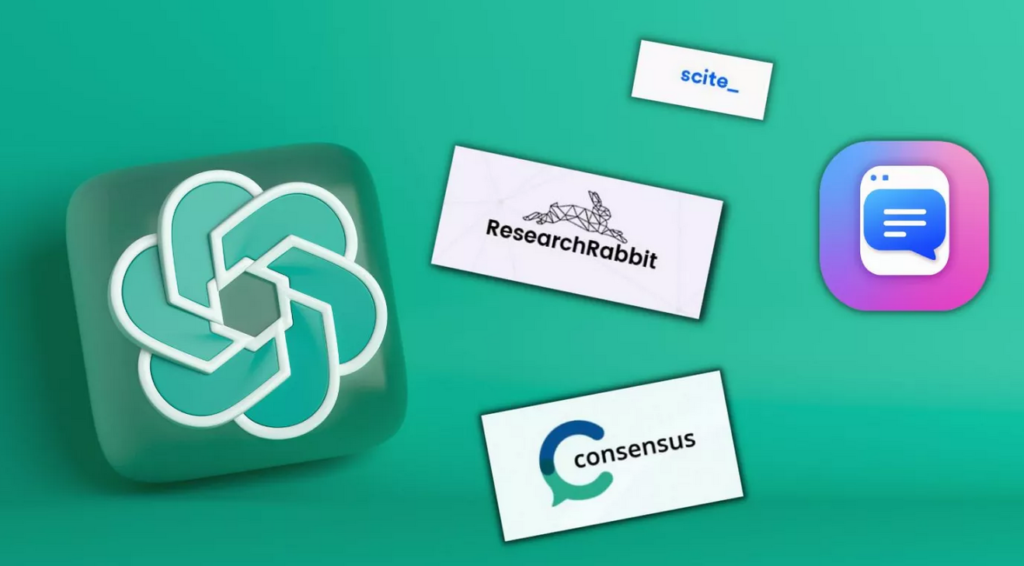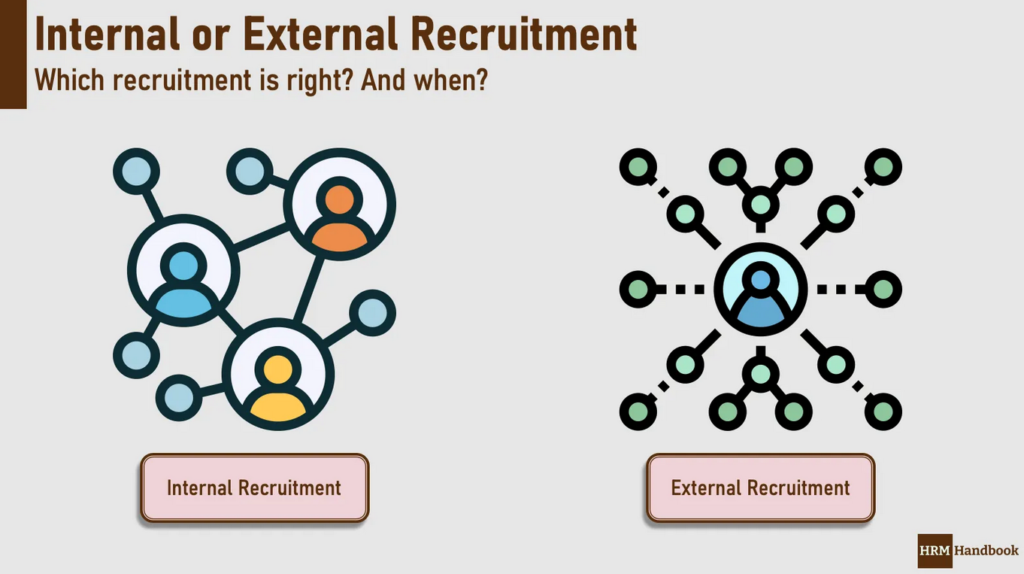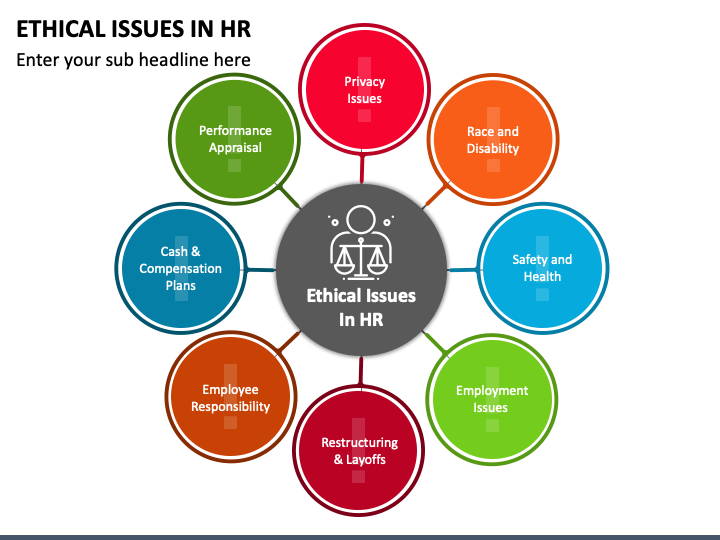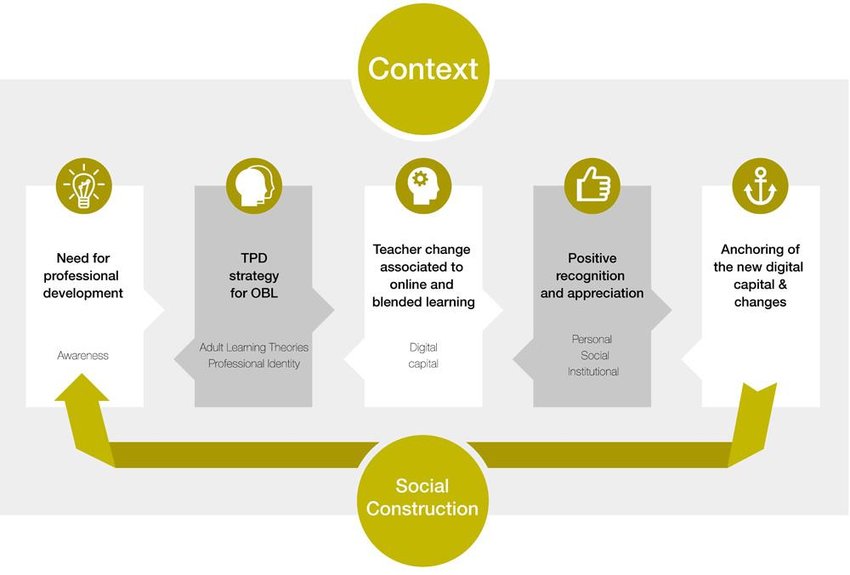How to Successfully Coexist with Your Annoying Roommate!
Living with roommates can be an eye-opening experience. As the saying goes, "You don't know someone until you live with...
Read More
UK University Life and Mental Health: Getting Help
University life can be a rollercoaster ride. Alongside the joys of coursework and exams, you also have to deal with...
Read More
How to Choose a Student Bank Account
Hey there, future uni student! So, you've got everything sorted for your grand university adventure—uni choices, accommodation, and even a...
Read More
8 Tips to Manage Time Better: College Life
We all know that college can be a stressful time. You've got classes to attend, exams to study for, friends...
Read More
11 Things You Need to Know About Doing a Postgrad Course
First things first, you need to figure out why you want to pursue a postgrad in the first place. Having...
Read More
10 Things You Need to Know Before Joining University
You’ve slogged your way through secondary school and managed to achieve the necessary grades for your chosen university. What a...
Read More
What International Students Can Expect in the UK
Hey there! So, you’re thinking about studying in the UK, huh? Well, let me tell you, despite the infamous drizzle,...
Read More
Moving In to Your Student Home – Tips and Hacks
Moving into your student home is an exciting milestone, but the process of actually moving in can be stressful and...
Read More
Use of AI to Write Assignments, Is it Worth It?
Since it was first developed in November 2022, ChatGPT has taken the academic world by storm. In this digital age,...
Read More
Protected Health Information (PHI): Privacy, Security, and Confidentiality Best Practices
Assessment 2 Instructions: Protected Health Information (PHI): Privacy, Security, and Confidentiality Best Practices Content Prepare a 2-page interprofessional staff update on...
Read More
Managing Health Information and Technology
Welcome to your Capella University online course, NURS-FPX4040 - Managing Health Information and Technology Nursing informatics (NI) is a growing...
Read More
ABC Healthcare Corporation
Part 1 Introduction This assignment builds on your prior work in the Units 2 and 6 assignments. It is...
Read More
HR Challenge: Selecting the Right Candidate (Internal – External)
HR Challenge: Selecting the Right Candidate (Internal - External) Prepare a 3-4 page analysis considering several possible courses of action...
Read More
HR Challenge: A Question of Ethics
The other internal employee is the best qualified young man with over eight years in the company. He holds multiple...
Read More
Employing Capital Budgeting and Risk
Part A Employing Capital Budgeting and Risk These resources will help you to complete this discussion: Nockolas, S. (2015). How...
Read More
U.S. steel manufacturers will be able to maintain its competitiveness by the tariff
For your arguments, remember to be logical, specific, practical, and justifiable. Remember to cite any sources from...
Read More
Digital Awareness and Professional Development
Faculty of Business and Law Assignment Brief Unit Title: Digital Awareness and Professional Development Unit Code: 5S4Z1000(2) Core: Yes Level:...
Read More



















